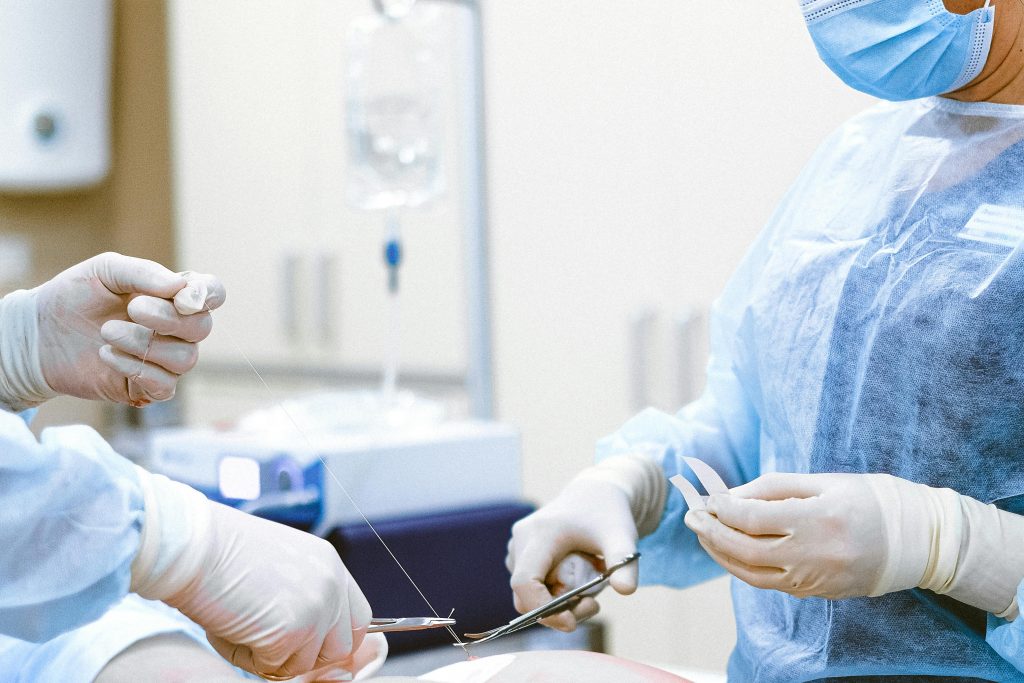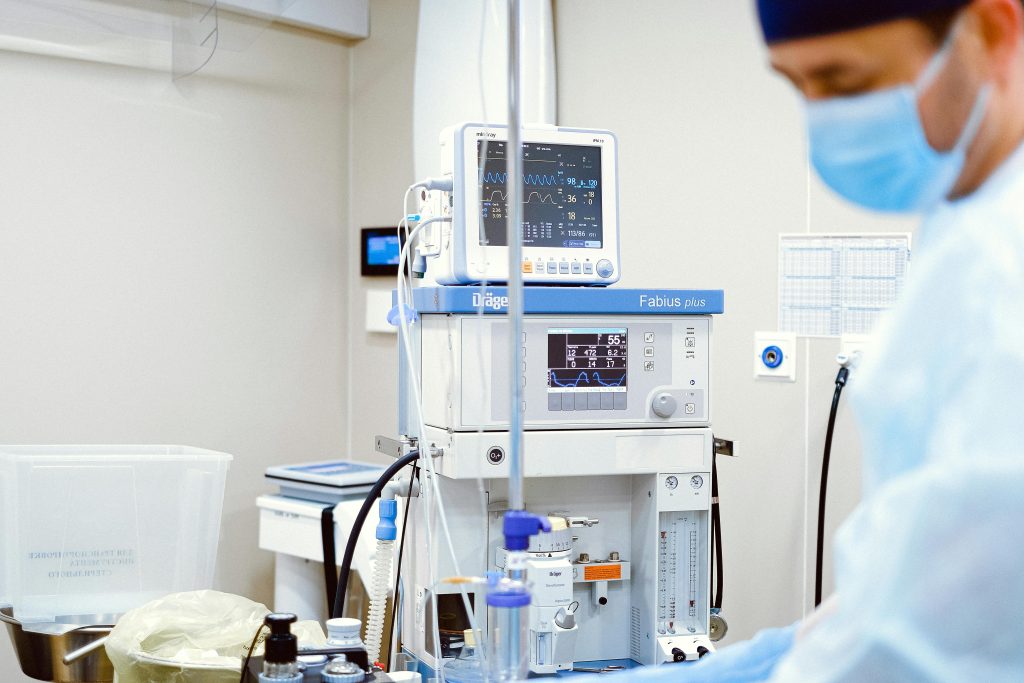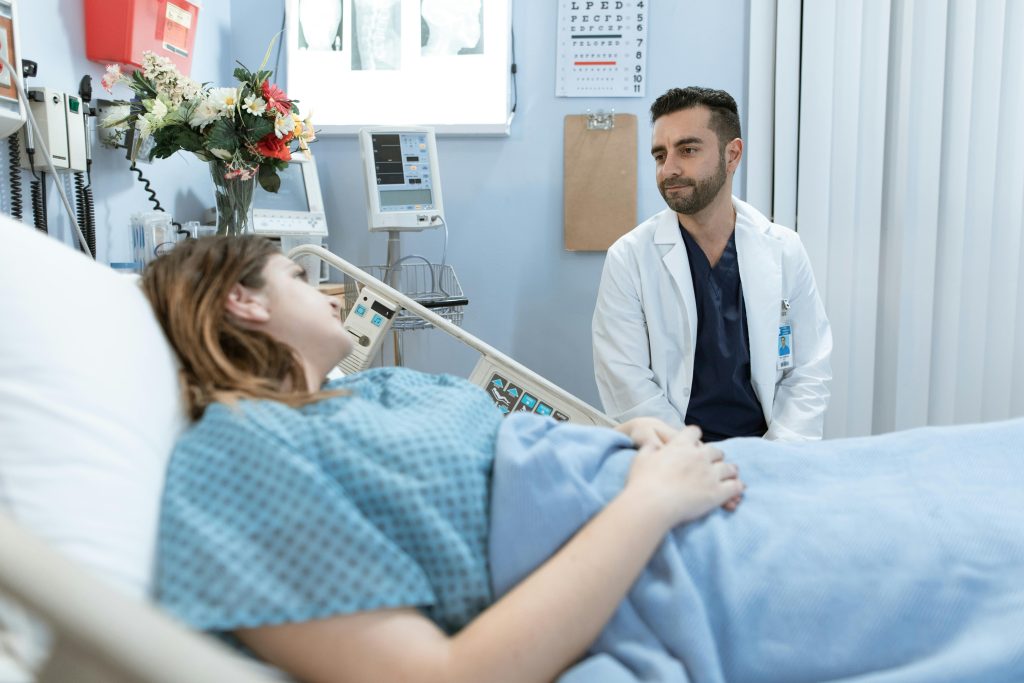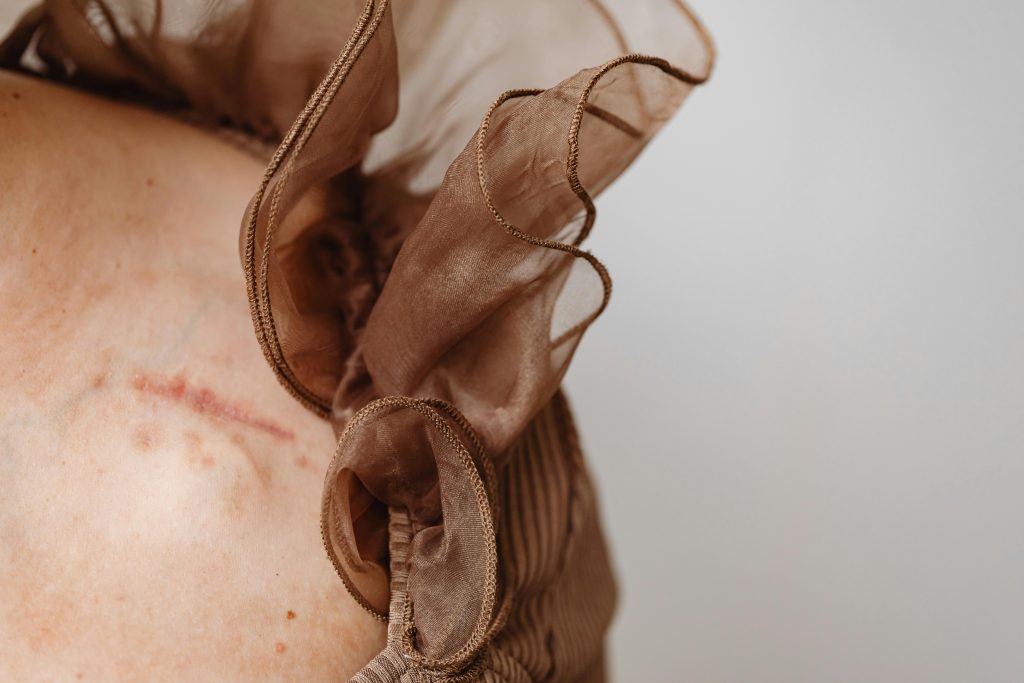Reclaiming Your Contours with Plastic Surgery
The journey of significant weight loss is a testament to incredible dedication, discipline, and perseverance. It’s a profound transformation that not only impacts physical health but also profoundly reshapes one’s self-perception and overall well-being. However, for many who have shed a substantial amount of weight, the triumph is often tempered by a new challenge: excess skin. And whether you like it or not, only plastic surgery will help. This residual skin, a natural consequence of the body’s adaptation to a larger frame, can obscure the impressive results of weight loss, leading to discomfort, hygiene issues, and ongoing body image concerns.
This is where the art and science of post-weight loss plastic surgery come into play. Far from being a cosmetic indulgence, these procedures are often the final, crucial step in the weight loss journey, enabling individuals to truly reclaim their body contours and enjoy the full benefits of their hard-earned achievement. I’m here to guide you through the intricacies of post-weight loss body contouring, addressing common concerns, outlining available procedures, and empowering you to make informed decisions about this transformative phase.

The Unseen Challenges of Excess Skin
While the joy of reaching a healthy weight is immense, the presence of loose, sagging skin can present a unique set of physical and emotional challenges.
Physical Discomfort and Health Issues:
- Chafing and Irritation: Folds of skin can rub against each other, leading to painful chafing, rashes, and skin irritation, particularly in warm, moist areas like the abdomen, groin, and under the breasts.
- Hygiene Difficulties: Maintaining proper hygiene in skin folds can be challenging, increasing the risk of bacterial and fungal infections.
- Limited Mobility: In some cases, significant excess skin can impede movement and limit participation in physical activities, despite improved fitness levels.
- Clothing Fit Issues: Finding comfortable and well-fitting clothing can remain a struggle, even after achieving a healthy weight.
Emotional and Psychological Impact:
- Body Image Dissatisfaction: Despite the incredible achievement of weight loss, individuals may still feel self-conscious about their appearance, leading to persistent body image dissatisfaction.
- Feeling Trapped: The excess skin can feel like a constant reminder of their former self, preventing them from fully embracing their new body and identity.
- Reduced Self-Esteem: The inability to see the true results of their efforts can lead to feelings of frustration, disappointment, and reduced self-esteem.
- Impact on Intimacy: Body image concerns can also affect intimacy and relationships.
It’s crucial to understand that these are valid concerns and not simply vanity. Post-weight loss body contouring by plastic surgery addresses these very real issues, providing both physical relief and psychological liberation.

The Foundation of Success: When to Consider Surgery
Timing is a critical factor in the success of post-weight-loss plastic surgery. Generally, I advise patients to meet the following criteria before considering these procedures:
- Stable Weight: Your weight should have been stable for at least 6-12 months. Significant fluctuations after surgery can compromise the results. This stability indicates that your body has fully adapted to its new weight.
- Reached Goal Weight (or Close to It): While not always strictly necessary, being at or very close to your ideal goal weight ensures the best possible contouring results. Further weight loss after surgery can create new areas of laxity.
- Good General Health: You should be in good overall health with no underlying medical conditions that could increase surgical risks or impair healing. The doctor will conduct a thorough medical evaluation.
- Non-Smoker: Smoking significantly impairs wound healing and increases the risk of complications. Patients are strongly advised to stop smoking several months before surgery. About the risks of not telling your doctor about your smoking habit here: https://www.bariradka.com/2025/05/20/the-perils-of-concealing-smoking-before-surgery/
- Realistic Expectations: It’s essential to have a clear understanding of what surgery can and cannot achieve. While transformative, these procedures aim to improve contours, not achieve perfection.
- Commitment to a Healthy Lifestyle: Maintaining your weight loss through a healthy diet and regular exercise is paramount to preserving the long-term results of your surgery.

A Tailored Approach: Understanding the Procedures
Post-weight loss body contouring is rarely a single procedure. It is a sequence of plastic surgery procedures. It’s a customized plan often involving a combination of surgeries performed in stages. The specific procedures recommended will depend on the individual’s unique needs, the areas of greatest concern, and the extent of excess skin.
Here are some of the most common procedures:
1. Abdominoplasty (Tummy Tuck):
- Purpose: Addresses excess skin and fat in the abdominal area, tightens stretched abdominal muscles, and improves the overall contour of the midsection.
- Procedure: An incision is typically made low across the abdomen, allowing for the removal of excess skin and fat. The underlying abdominal muscles are tightened (plication), creating a firmer, flatter appearance. The belly button is often repositioned.
- Variations:
- Standard Abdominoplasty: Addresses the area from the lower ribs to the pubic area.
- Extended Abdominoplasty: Extends the incision to the sides, addressing excess skin on the flanks and lower back.
- Circumferential Abdominoplasty (Body Lift): This is a more extensive procedure that involves an incision all around the lower torso, addressing the abdomen, flanks, lower back, and sometimes the outer thighs. This is often recommended for individuals with significant skin laxity all around the trunk.
2. Brachioplasty (Arm Lift):
- Purpose: Removes excess skin and fat from the upper arms, addressing the “bat wing” appearance.
- Procedure: An incision is usually made on the inner or back aspect of the upper arm, extending from the armpit to the elbow. Excess skin and fat are removed, and the remaining skin is tightened.
- Considerations: The length of the incision depends on the extent of skin laxity. Scarring is a consideration, but it is typically placed in a less conspicuous location.
3. Thigh Lift:
- Purpose: Addresses excess skin and fat on the inner and/or outer thighs.
- Procedure:
- Inner Thigh Lift: They make incisions in the groin crease, extending down the inner thigh for more significant laxity.
- Outer Thigh Lift: Often combined with a circumferential body lift or an extended abdominoplasty, as it addresses laxity on the side of the leg.
- Considerations: Scarring varies depending on the extent of the lift.
4. Mastopexy (Breast Lift) with or without Augmentation:
- Purpose: Lifts and reshapes sagging breasts that have lost volume and elasticity due to weight loss. Can be combined with implants for increased volume.
- Procedure: They use various incision patterns to remove excess skin, reposition the nipple-areola complex, and reshape the breast tissue. Implants can be placed simultaneously if desired.
- Considerations: Scarring patterns vary (periareolar, vertical, or anchor-shaped) depending on the degree of lift required.
5. Back Lift (Upper Body Lift):
- Purpose: Addresses excess skin and rolls on the upper and mid-back.
- Procedure: Often involves an incision across the upper back, typically hidden by a bra line.
- Considerations: Can be combined with other upper body procedures like a breast lift.
6. Facelift and Neck Lift:
- Purpose: While not directly related to excess body skin, significant weight loss can sometimes lead to facial sagging. These procedures address loose skin in the face and neck, restoring a more youthful contour.
- Procedure: Involves incisions around the ears and/or under the chin to tighten underlying tissues and remove excess skin.

The Surgical Journey: What to Expect
The journey through post-weight loss body contouring involves several key phases:
1. Initial Consultation: This is the critical first step. During this comprehensive discussion, they will:
* Evaluate your overall health and medical history.
* Discuss your weight loss journey and current weight stability.
* Assess the areas of concern and the extent of excess skin.
* Review your aesthetic goals and expectations.
* Explain the recommended procedures in detail, including potential risks and benefits.
* Show you before-and-after photos of previous patients to provide realistic expectations.
* Provide a clear understanding of the recovery process and expected outcomes.
2. Pre-Operative Preparation: Once the doctor establishes a surgical plan, you will receive detailed instructions on how to prepare for surgery. This may include:
* Lab tests and medical clearances.
* Adjusting medications (e.g., stopping blood thinners).
* Quitting smoking well in advance.
* Arranging for post-operative care and support.
3. The Surgical Day: Procedures are typically performed under general anesthesia. The duration of surgery varies significantly depending on the number and complexity of the procedures.
4. Recovery and Aftercare:
* Immediate Post-Op: You will likely experience some swelling, bruising, and discomfort. They will prescribe pain medication to manage this. They may also place drains temporarily to collect fluid.
* Garment Compression: Compression garments are essential for reducing swelling, supporting the tissues, and promoting optimal healing. You will have to wear them typically for several weeks.
* Activity Restrictions: You will have to avoid strenuous activity for several weeks to allow your body to heal. Light walking is great to promote circulation.
* Follow-Up Appointments: Regular follow-up appointments are crucial to monitor your healing progress and address any concerns.
* Scar Care: They will provide guidance on scar care techniques to help minimize their appearance over time. Scars are an inevitable part of these procedures, but they will fade and flatten with proper care.
5. Long-Term Results: While initial results are visible relatively quickly, the final contours will continue to refine over several months as swelling subsides. Maintaining a stable weight and healthy lifestyle is paramount to preserving your results for years to come.

Risks and Complications: A Candid Discussion
Like any surgical procedure, post-weight loss body contouring carries potential risks. While serious complications are rare, it’s vital to be aware of them:
- Bleeding and Hematoma: Accumulation of blood under the skin.
- Infection: Though rare, infection can occur and may require antibiotics.
- Seroma: Accumulation of fluid under the skin.
- Poor Wound Healing: Can be influenced by factors like smoking or underlying health conditions.
- Numbness or Sensation Changes: Temporary or, rarely, permanent changes in sensation in the treated areas.
- Asymmetry: Minor differences in contour between the two sides of the body.
- Unfavorable Scarring: While the doctor will make efforts to place incisions strategically, individual healing varies.
- Anesthesia Risks: Risks associated with general anesthesia, though modern anesthesia is very safe.
- Deep Vein Thrombosis (DVT) and Pulmonary Embolism (PE): Blood clots, a rare but serious complication. The surgeon takes prophylactic measures to minimize this risk.
A thorough discussion of these risks will be a key part of your consultation, ensuring you make a fully informed decision.

Investing in Your Transformation
The cost of post-weight-loss plastic surgery varies significantly depending on the number and type of procedures, the complexity of your case, and the surgeon’s fees. It’s important to understand that these procedures are elective and health insurance does not typically cover them, unless there is a clear medical necessity (e.g., recurrent infections in skin folds).
Consider this an investment in your overall well-being. The physical and emotional benefits of reclaiming your contours can be truly life-changing, empowering you to live more comfortably, confidently, and fully enjoy the rewards of your incredible weight loss journey.
Conclusion: Embracing Your New Self
The journey of significant weight loss is an extraordinary accomplishment. For many, post-weight loss plastic surgery represents the final, transformative chapter, allowing them to shed not just the excess skin but also the lingering physical and emotional burdens that can accompany it.
Choosing to undergo these procedures is a deeply personal decision. By understanding the processes involved, setting realistic expectations, and selecting a board-certified plastic surgeon with extensive experience in post-weight loss body contouring, you can confidently embark on this exciting phase of your transformation. Reclaim your contours, embrace your new self, and step into a future where your external appearance truly reflects the incredible strength and dedication you’ve shown on your weight loss journey.

